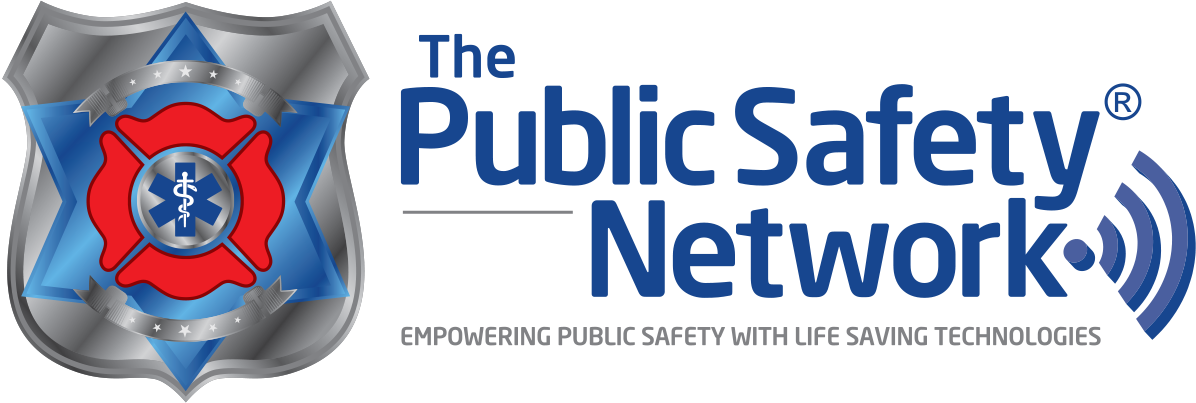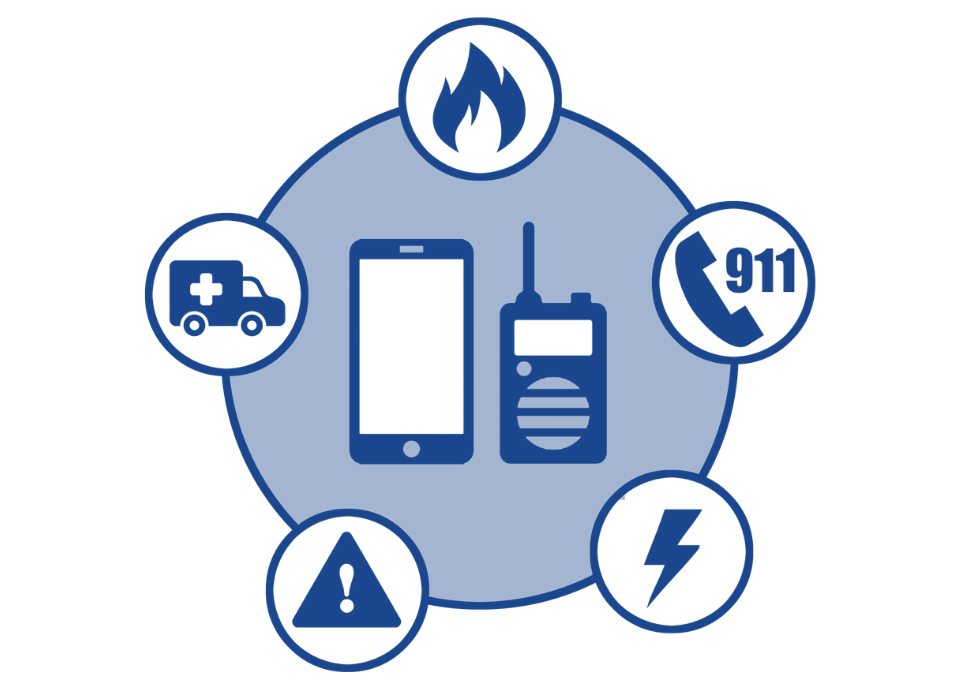
Realizing the Importance of Encryption for Public Safety Operations
January 9, 2021
Innovative Public Safety Communications Technologies and the Value of Early Adoption
January 9, 2021With the speed of technological development, particularly in LTE communications, the approach that both private and government entities take in creating arrangements for the deployment and exploitation of new technology and communications services, while ensuring responsible oversight and regulation, must evolve very quickly. Traditional contracting models and legislative processes are no longer fully sufficient to address the pace at which technology is being leveraged, and will be leveraged, by the public safety community. Many of these processes have not changed to accommodate Platform as a Service (PAAS), Software as a Service (SaaS), Public-Private Partnerships (PPP), and innovative contracting approaches.
The creation and use of huge amounts of data through new public safety applications will provide beneficial insights into the provision of public safety services to citizens that were previously not available; the implementation of artificial intelligence (AI) will automate certain decision-making and provide opportunities for use of predictive analytics; and new devices, such as autonomous vehicles, robotics, and new high-powered user equipment will change how public safety communication is delivered in hard to reach areas. But with these new capabilities comes the need to ensure such technologies are deployed and exploited responsibly and in a cost-effective manner.
Enter the PPP – a commercial relationship that leverages the power and speed of the private sector with the public interest of citizens and their government; not through contractual or statutory enforcement per se, but rather by aligning financial, policy and other incentives so outcomes are achieved to the mutual benefit of the parties – the proverbial carrot rather than the stick! But how can parties effectively enter into PPPs that are going to appropriately align incentives and achieve desired results? It is really about preparation and principle-based negotiations.
The art (or science, really) of fact-based negotiation for a meaningful, mutually beneficial LTE public-private partnership starts with process. Before ever engaging in any discussions, the first step is to identify and understand all reasonable stakeholder desired requirements and needs; second, to define quantifiable objectives that the parties to the proposed partnership want to achieve; and, finally, to quantify the desired outcomes.
Contractual success requires understanding and advanced knowledge about both the public and private partners as well as, at a minimum, answers to the following three key questions:
- Are assets available from each party to contribute to the success of the PPP? For example, in the case of deployment of a public safety LTE network, government agencies must determine whether cash, spectrum, infrastructure or other resources are available to assist the private sector partner in the deployment. Similarly, the private sector partner needs to identify the extent of available infrastructure, planned or new investment, personnel, network expertise and other resources are available to create the necessary synergies necessary to maximize outcomes.
- Are incentives between the government and private industry aligned? This is the true key to the PPP – measured and responsible technological exploitation through the identification of appropriate and realistic incentives that substantially obviate the need for slow and bureaucratic traditional oversight and enforcement. The business model should be designed to guarantee that the industry partner will have the incentives to ensure adoption and use of the network and associated technologies, applications and other capabilities, as well as achieve necessary coverage and quality objectives, while also achieving the government’s goal of serving the public interest – in this case, providing public safety the communications tools necessary to significantly improve performance and save lives and property now and into the future. The incentives must be aligned beyond just deployment, but for maintenance, upgrades, and technological innovation as well.
- Is the PPP financially sustainable? That is, are the ultimate objectives able to be achieved through commercially driven incentives without the need for ongoing inefficient external financial investment or directive performance?
The AT&T / FirstNet nationwide wireless LTE broadband public safety network is one of the best examples of a successful PPP. Certainly there was tremendous preparation and strategy that went into planning for the ultimate FirstNet PPP. But as part of that preparation and the resulting successful award, and now deployment of the FirstNet network, each of these three questions was answered with a resounding “yes!”
But getting to contract kickoff of the PPP is not easy and requires several considerations when entering into strategy, planning, procurement, and eventual negotiations. For example, the following components should be considered and discussed during each phase to help ensure a successful PPP (these will be explored in depth in a future blog):
- Specific services to be offered
- How change orders will be handled and the extent of committed future investment
- Spectrum and other asset availability
- Performance incentives to ensure alignment of outcomes, with potential disincentives for non-performance
- Clear deliverable timelines and transparency …. Let me say that again… Clear deliverable timelines and transparency
- Quality assurance plan
- Information exchanges and reporting
- Government and industry roles and responsibilities in the partnership – extremely important!
- Disaster recovery planning / redundancy
- Infrastructure ownership – which party owns the infrastructure? What happens in the case of a default?
- Branding and use of intellectual property
- Legal and regulatory compliance
- Warranties and liability
- Financial solvency and bankruptcy matters, including for example parental guarantees and security interests
- Oversight and governance roles and mechanisms
- Dispute resolution and remedies for non-performance
In addition, the parties to the PPP need to foresee and consider possible outcomes and attempt to address them during the preparation and contracting process, including, for example, how to ensure procurement integrity in government contracting with trusted, open and candid discussions at the right time; impacts of, and preparation for, any award protest; delineating the difference between the traditional “contractor” arrangement and a true partnership; understanding stakeholder concerns and how they are accounted for in the PPP and ultimate service and solution; potential service impacts in the case of non-performance or delays, and failure of stakeholders to adopt the ultimate service or solution provided by the PPP.
While written agreements provide the foundation for most commercial arrangements, truly successful commercial relationships are achieved through open communication, transparency, alignment of incentives and creating win-win scenarios. Accomplishing this requires a tremendous amount of dedication, commitment, research, persistence and time to develop the right objectives, the right process and the appropriate trust with industry and stakeholders. With substantial preparation, open and ongoing consultation with stakeholders, an innovative business model, defined objectives, aligned business incentives, and the development of an established, clear, and transparent strategic roadmap, a successful PPP can be attained.
Easy peasy lemon squeezy!




